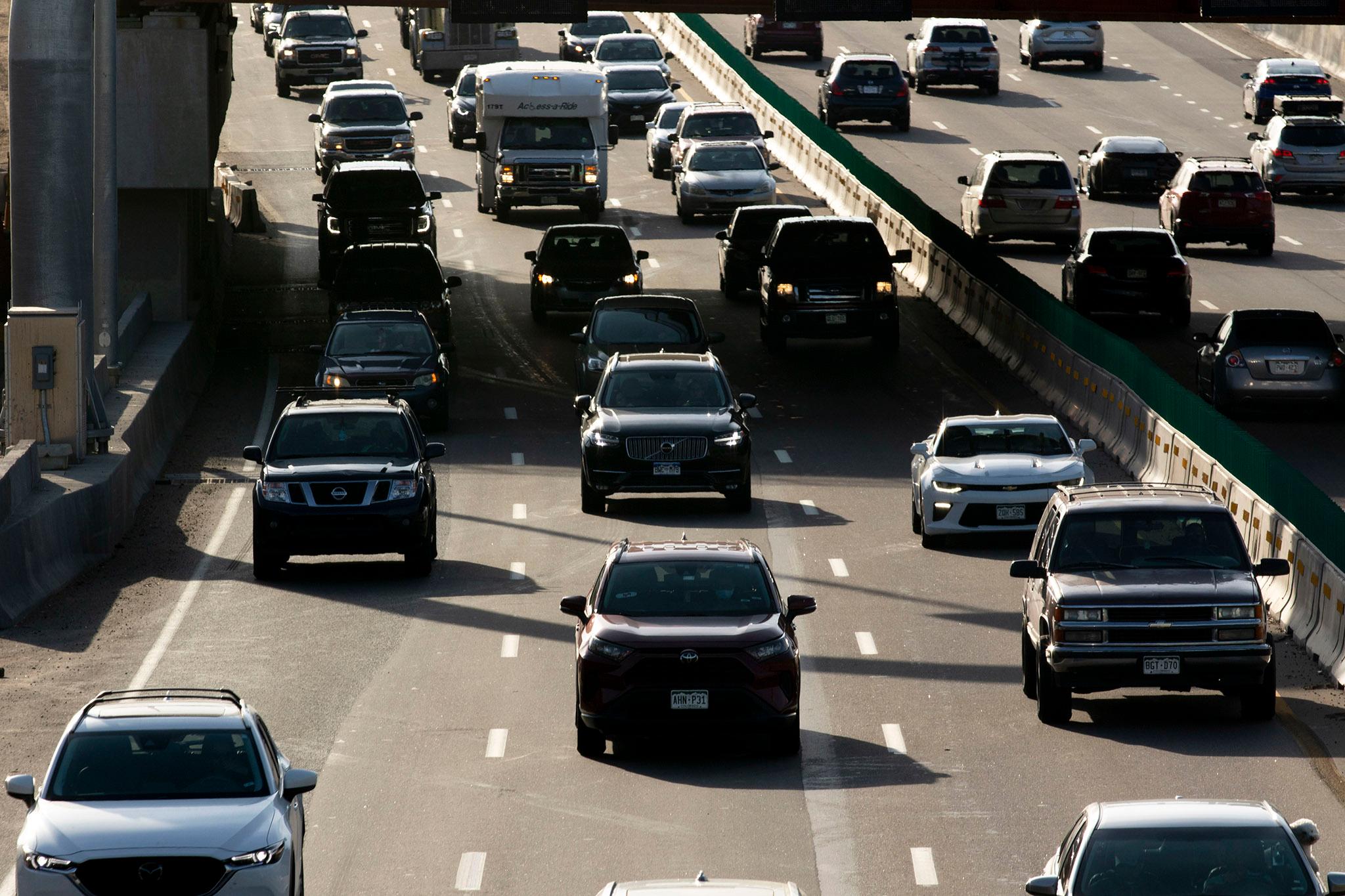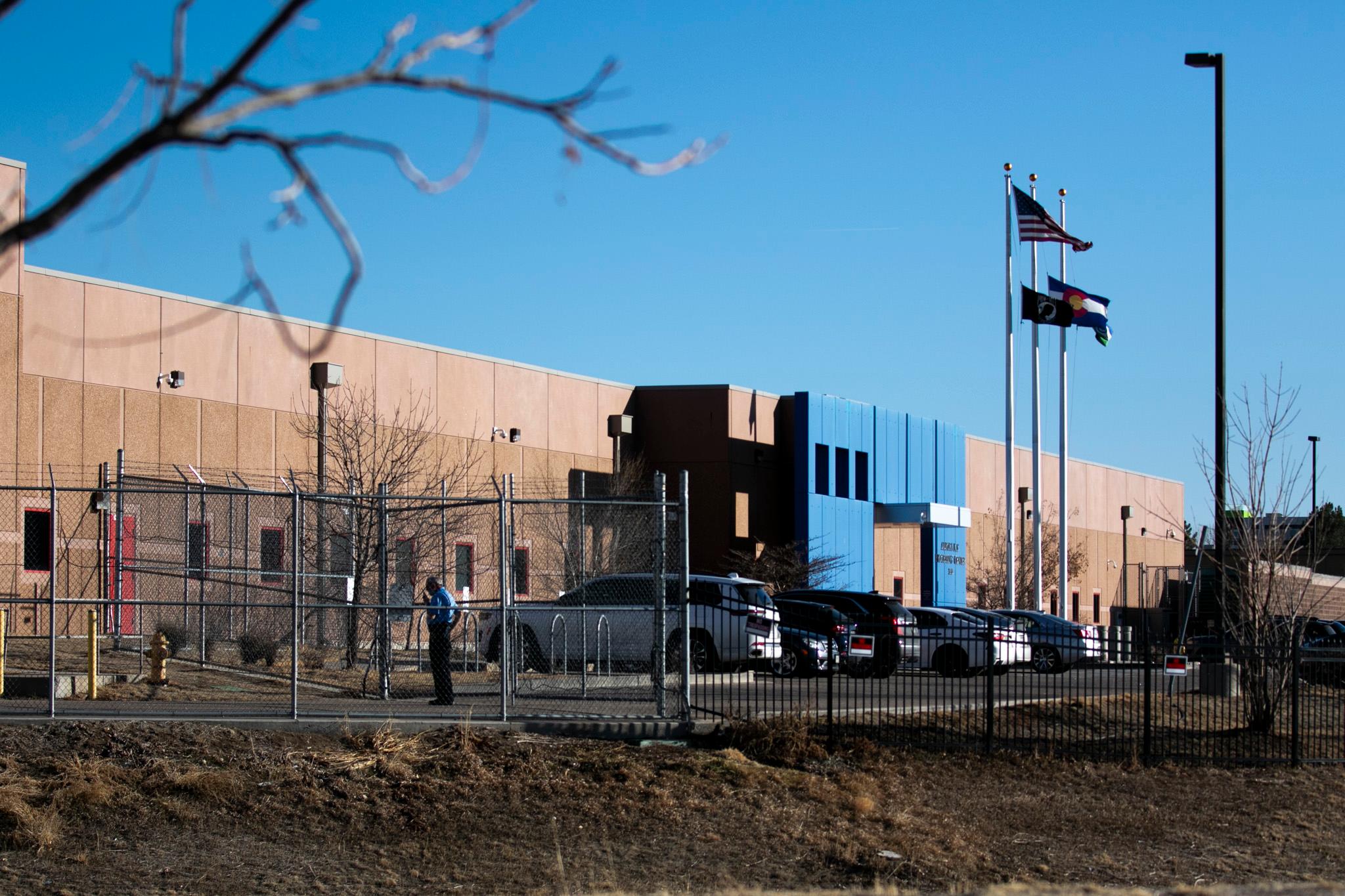 Stapleton in Denver has received national attention for its layout and walkability. The neighborhood -- northeast of downtown -- is designed to encourage human interaction. But a new study from the University of Colorado in Denver pokes holes in Stapleton’s image.
Stapleton in Denver has received national attention for its layout and walkability. The neighborhood -- northeast of downtown -- is designed to encourage human interaction. But a new study from the University of Colorado in Denver pokes holes in Stapleton’s image.
Researchers focused on Stapleton because it is one of the largest New Urbanist developments in the nation, examining its street network. "New urbanism” is the push to create walkable, mixed-used neighborhoods with stores within walking distance of small, compact residential lots. The idea is for developers to construct amenities close to homes so that people will choose their bikes -- or their feet -- over their cars.
Wes Marshall, transportation engineering professor at University of Colorado, Denver, is the study’s author. He says Stapleton, like similar developments, began with a set of guiding principles but developers made compromises to comply with conventional traffic engineering standards.
The study concludes that Stapleton has relatively high vehicle speeds, underused on-street parking, and fewer walkers, bikers and transit users than other similar neighborhoods in the region.









